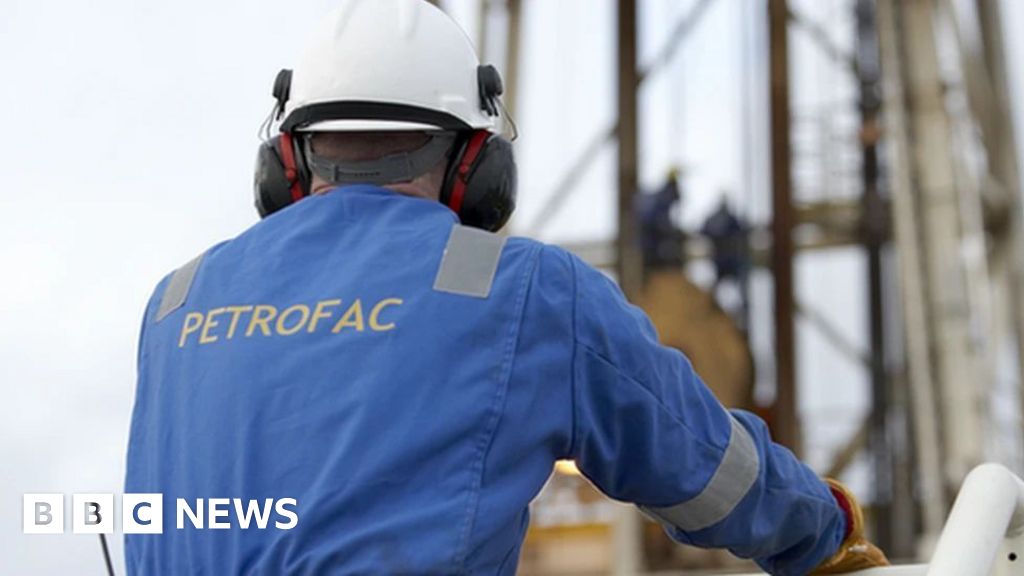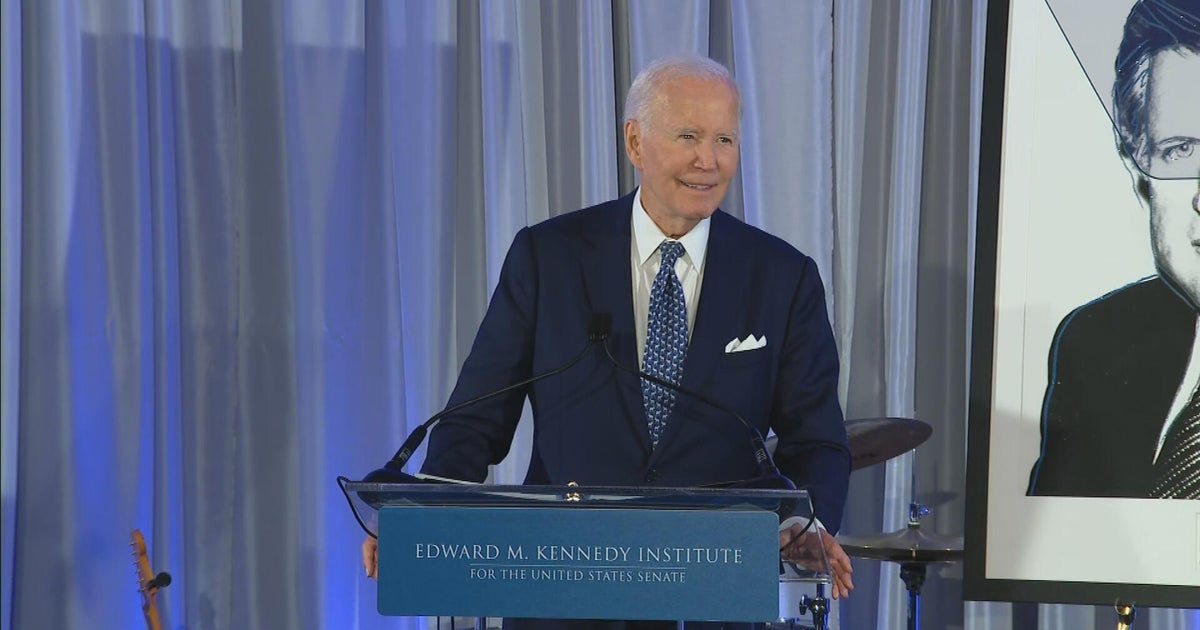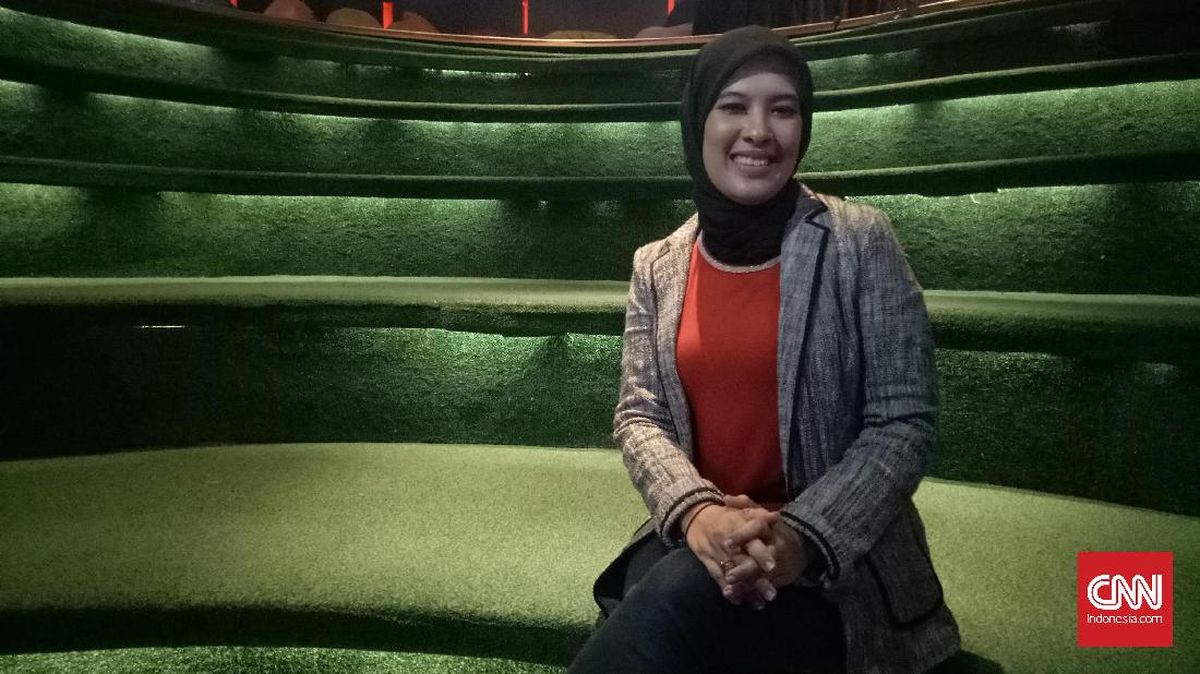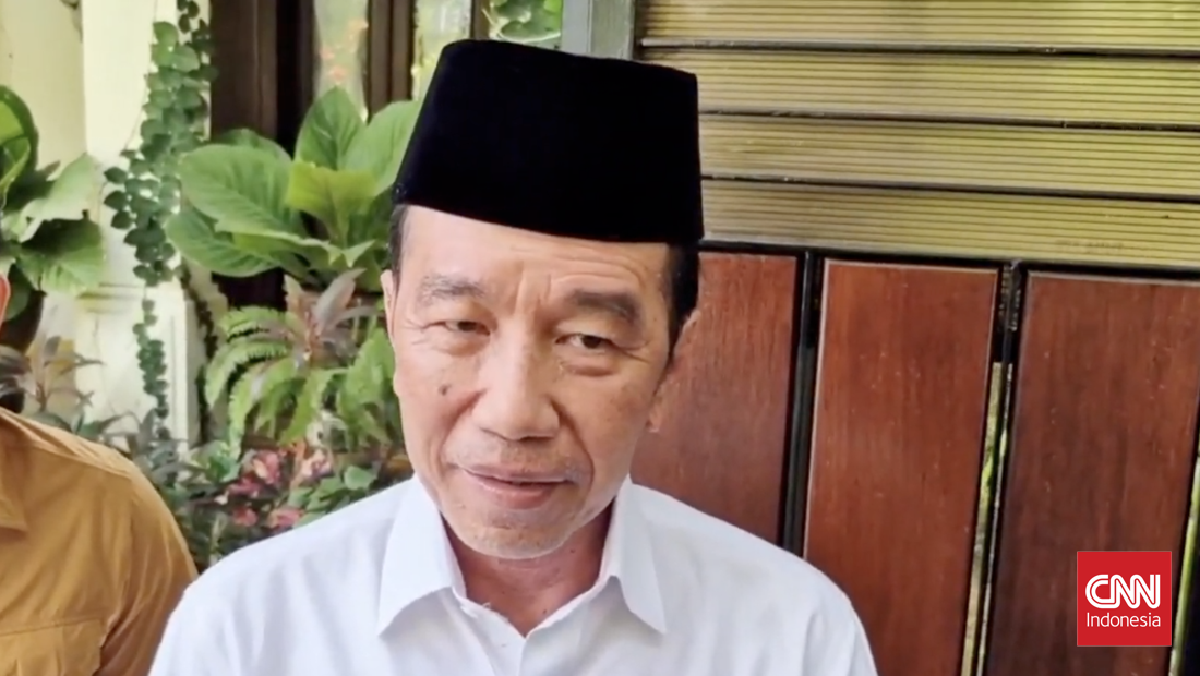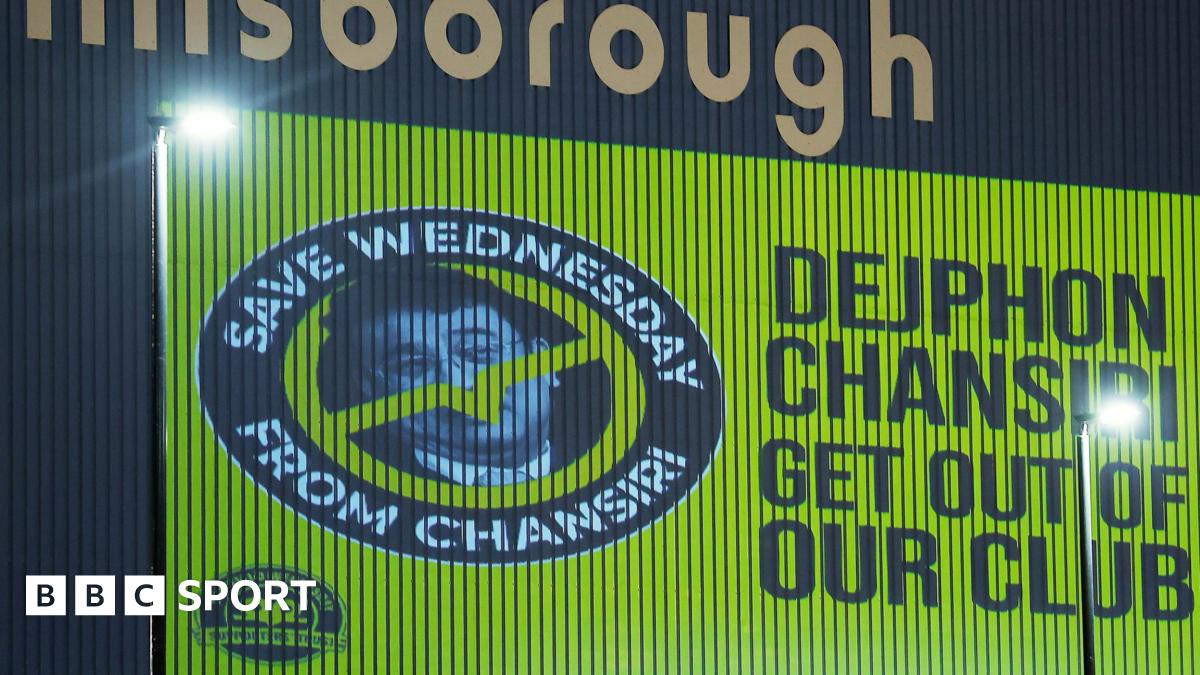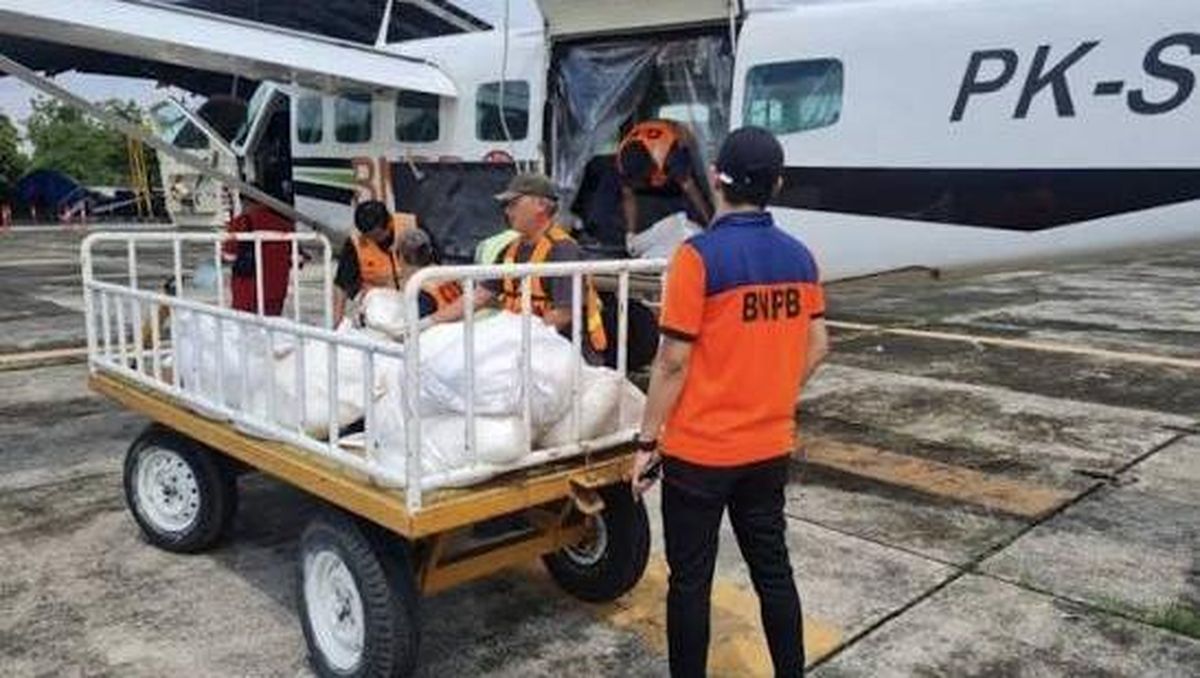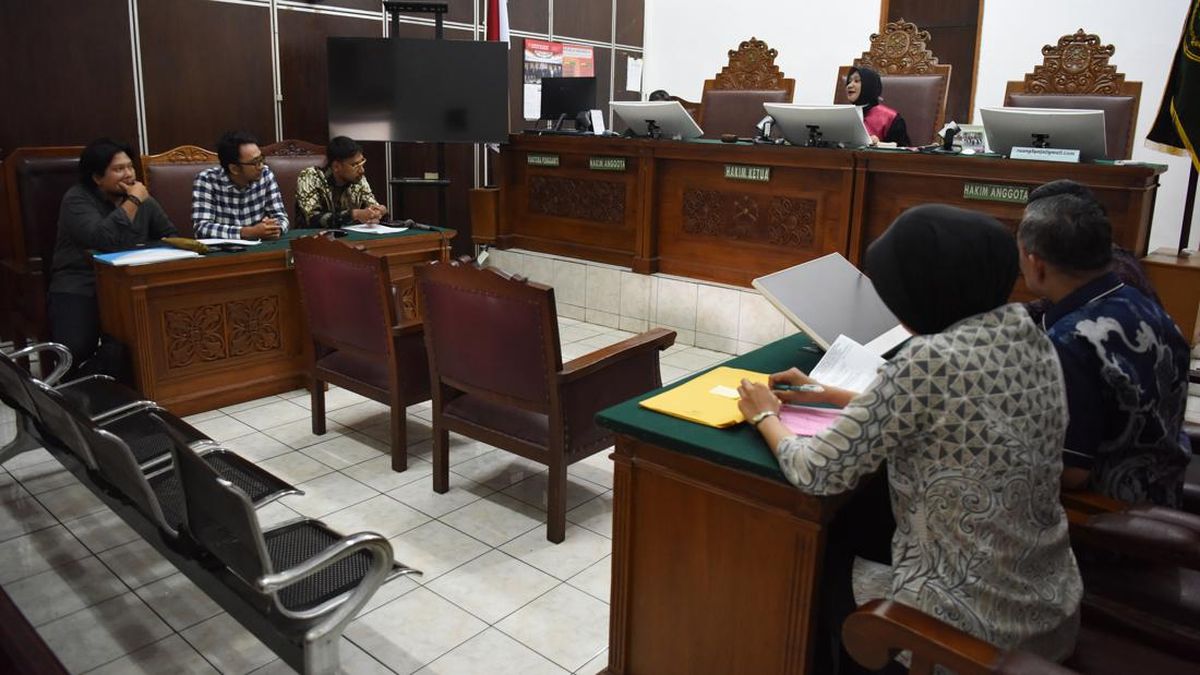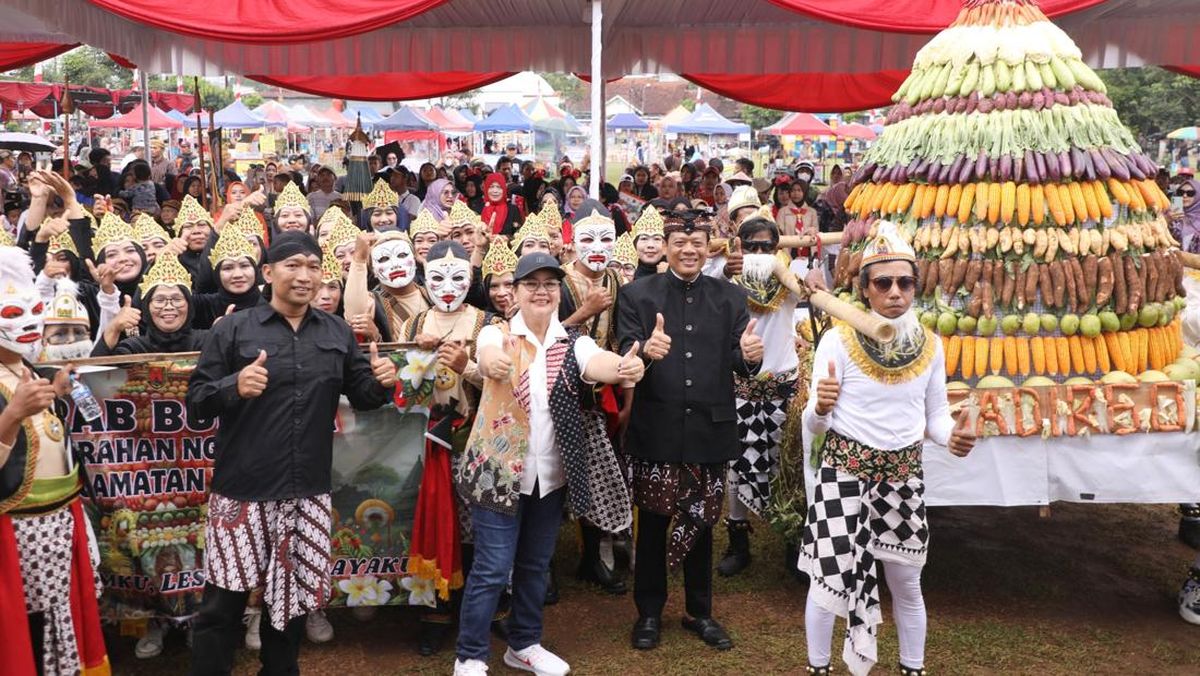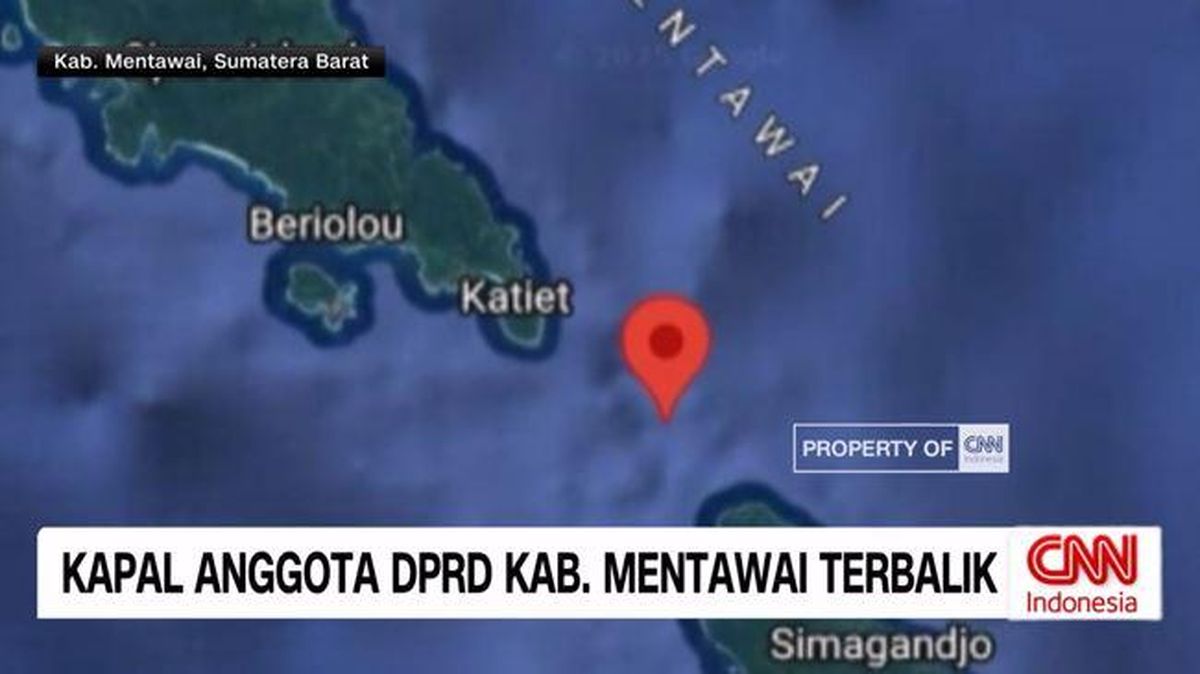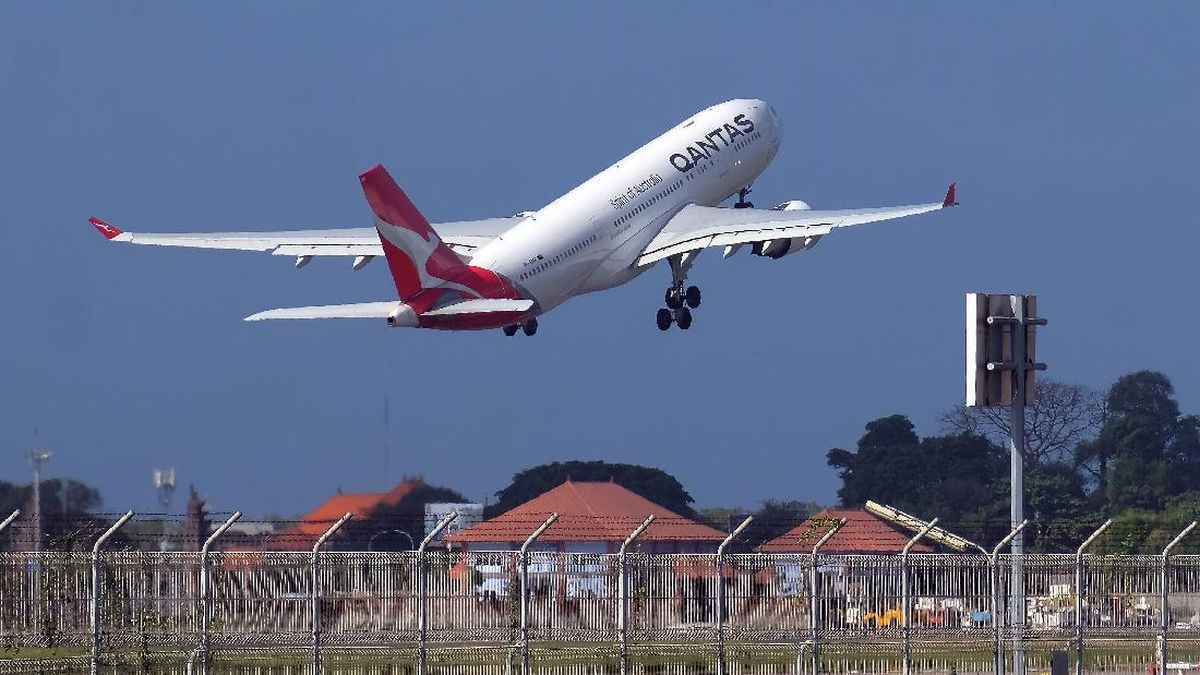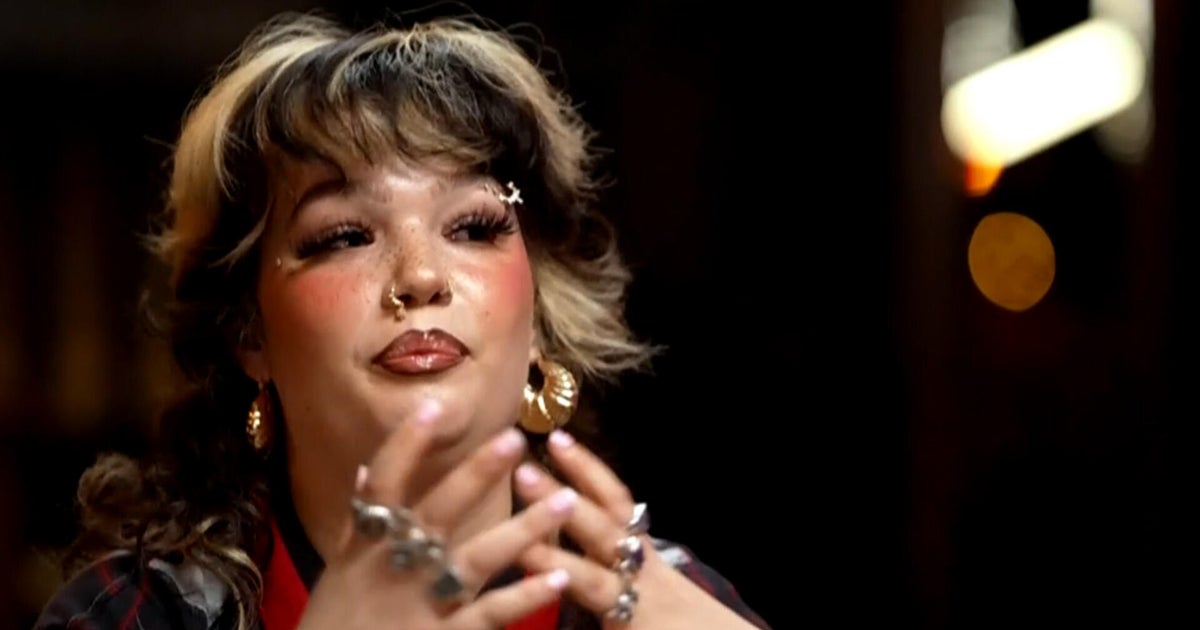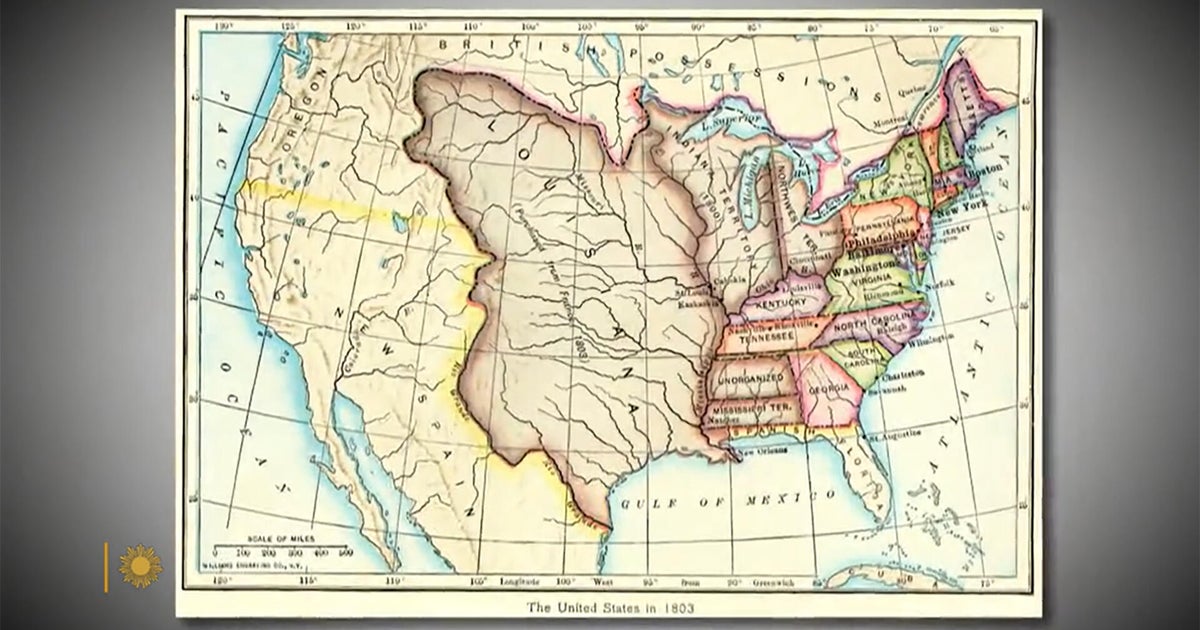There is some dispute about the name of my suburb and its five siblings. Some say a cattle farmer who arrived in the area in the 1830s took the name from a property in Forfarshire, Scotland. Some say it derives from a Gaelic word for “plenty”. Others point to evidence that it comes from an Aboriginal word for “brackish water”.
But you might say that my suburb finally found its way onto the map due to a hi-fi store.
My family’s journey here began as part of the wave of English and Irish migrants who settled in Melbourne’s inner west after World War II. When their children – Boomers like me – came of age, many looked further west. Instead, we looked north, to Keilor East.
Whatever the exact origins of the name, there are now six Keilor suburbs – Keilor, Keilor East, Keilor Downs, Keilor Park, Keilor Lodge and Keilor North. (Some say Kee-la, but it’s Kee-law, Queen’s English). Keilor and its village centre was, and still is, the bee’s knees because of its location and hills. Wedged between the Maribyrnong Valley and the market gardens along the Maribyrnong River, it reeked of history with its old bridge and heritage buildings. Horseshoe Bend holds magnificent views over Brimbank Park, Keilor and beyond.
We moved to Keilor East in 1972 before the birth of our first child; it was a promising area for young families, even if its undulating plains made it the poor relation to the village-like Keilor. The new residents of the area worked hard at factories across the industrial west and were proud of their backyard crops. The Yarraville and Williamstown that our family had left behind were mainly Anglo and the food bland – all meat and three veg – so it was a delight to be introduced to the flavours of Italian and Greek families who were only too keen to share their food and culture.
I’d known no such thing as broccoli, and spaghetti came from a can of Heinz. Keilor East meant exposure to the homemade passata that was like a religion in March and April, following the tomato season. Tomatoes were plentiful as most of the houses were modest and built on quarter-acre blocks with lots of space for planting, unlike the castles on subdivided blocks that you find today.
Hidden away between the Maribyrnong River, Steele Creek, and two freeways, Victorians at this time knew nothing about Keilor East. But that changed in 1974, when local man John Barbuto transplanted a hustle selling speakers and records from his garage to the nearby Centreway strip. That music store, with a name taken from Barbuto’s initials, and handwritten price tags inspired by Barbuto’s time working in local green grocers, was the original JB Hi-Fi.
Perhaps Melburnians still didn’t know anything else about Keilor East, but they knew how to get to the wildly popular electronics shop. From the recently extended Calder freeway, turn right, left, then right, and you’d arrive at Centreway, our shopping strip surrounding a small park. You couldn’t miss JB and its yellow signs, which soon spread out across three shops. After growing into the massive chain it is today, the original Keilor East store closed in 2011, and is now a restaurant, a laundromat and a takeaway, with a massage studio next door.
For some time, Keilor East’s cafes were limited to the Centreway (for JB clients needing a refresh before the long trek home) but the culture has since broadened to the other smaller cafes and to the retail areas of Milleara Mall and Dinah Parade, which was home to the Dinah Parade bakery with its award-winning ciabatta, until they moved south to our twin suburb, Avondale Heights.
The Keilor East community has been active on many projects, most notably the Niddrie Quarry site, an adventure playground for youths in the 1980s. When the Kennett government wanted to turn the former basalt quarry into a toxic waste dump, residents in Keilor East and Niddrie took to the streets. The Bracks government killed the proposal and, by 2000, announced a housing project: the birth of the Valley Lake development and the picture-perfect lake – although we had to wait until last year for the long-promised cafe.
Loading
Our most compelling landmark is the heritage-listed Maribyrnong River Viaduct, 55 metres high and held up by 12 steel towers. Completed in 1929, it was the largest rail bridge in Australia until the Sydney Harbour Bridge was completed in 1932.
We’ve never had a passenger train station here, but the coming airport rail service promises a new station at Keilor East, which would be most welcome – except the station will actually be across the other side of the Calder Freeway in the suburb of Airport West.
Public transport has always been an issue here. No trains or trams and an irregular bus service, though that has improved in the last decade. Our residents dream of an extension of the 57 tram line that currently ends at the abandoned Defence site in Maribyrnong Road, but alas, this is not the city planners’ intention.
By car, we’re within minutes of Niddrie, Essendon and Moonee Ponds, which provides access to trams, trains and buses, along with great restaurants, bars and other entertainment facilities. Speaking of entertainment, Keilor East is proud of its many notable sons and daughters, including Tina Arena and Curtis Stone.
Behind the Ring Road in the west lies the vast natural green space of Brimbank Park, containing a multitude of walking and bike trails along the Maribyrnong River running along its boundary. Once you’re inside this hidden treasure, it’s easy to forget you’re just 15 kilometres north-west of the CBD.
Steele Creek is on the other side of Keilor East, with paths that extend from the width of the suburb from Keilor Road to Buckley Street; if you’re feeling energetic, you can keep going along the Maribyrnong through Avondale Heights to Brimbank Park, encircling almost the entire suburb.
On top of our other green spaces, Rosehill Park was recently upgraded with a wetland area, and a new playground is to come on top of the well-used skate park. Given 23 per cent of the community is aged over 65, a seniors’ agility course would have been a welcome addition to the activity area of Rosehill Park.
Loading
We know well that the history of Keilor goes back long before the arrival of Europeans. Archaeological findings along the Maribyrnong River show that Wurundjeri Woi-wurrung people lived in the area for more than 30,000 years, making it one of Australia’s earliest known sites of human habitation.
Over the past five decades, we have seen many changes. Young growing families are grappling with interest rates, the cost of living, petrol prices and a lack of transport. We survived and made only minor adjustments to our house to fit our family of seven. Many neighbours have prospered and moved on, but what remains is a quiet multicultural suburb. Fifteen kilometres from the city, 15 minutes from the airport, 15 minutes from the Bulldogs. Gotta love it.
Margaret Raffle is a long-time resident of Keilor East.
Most Viewed in National
Loading




